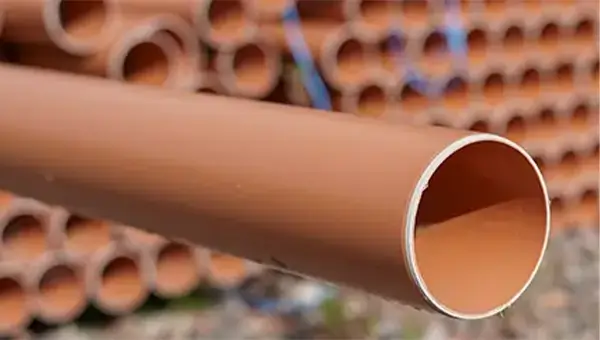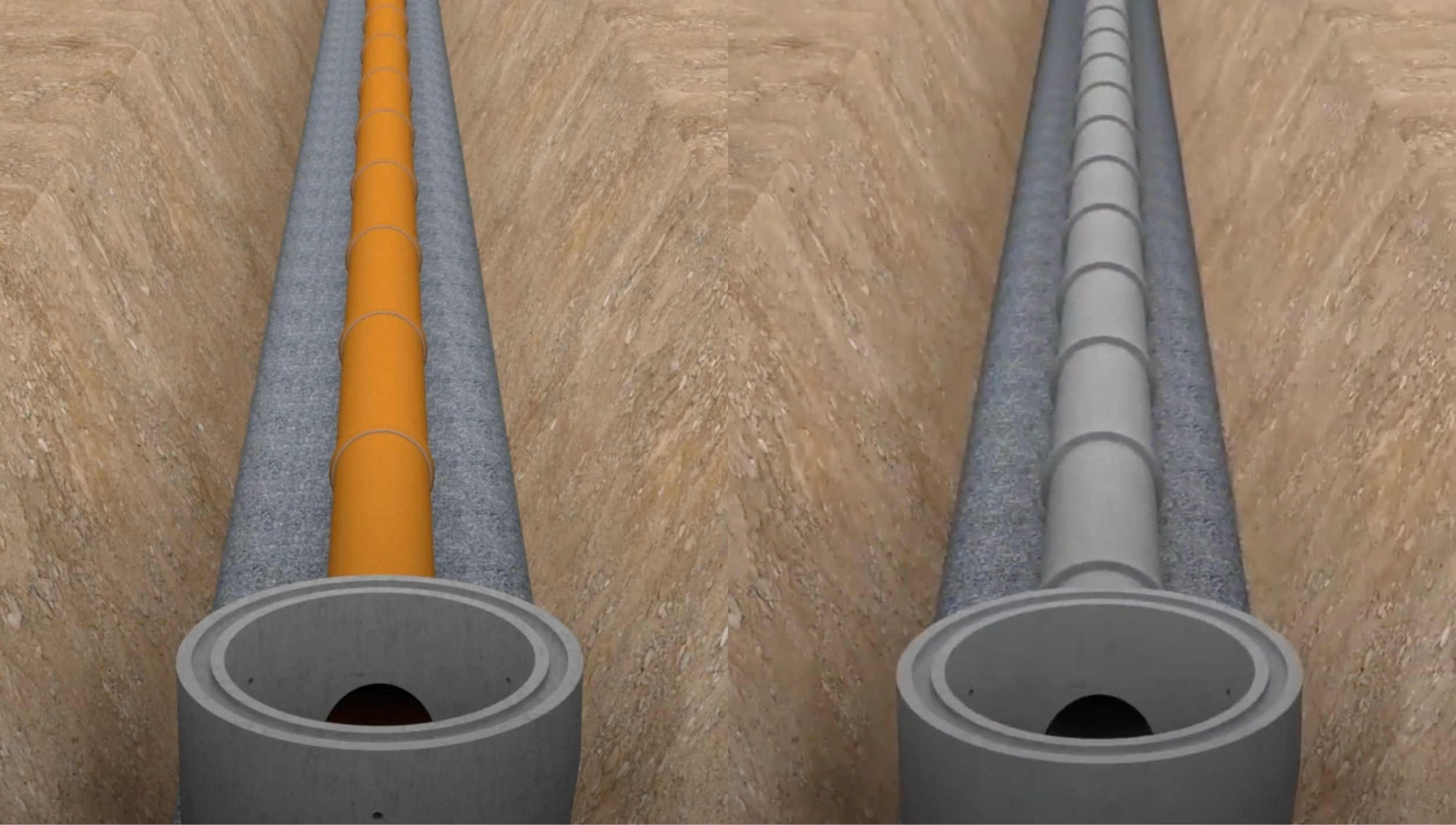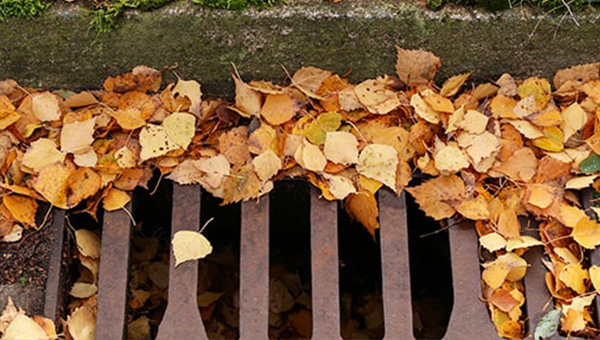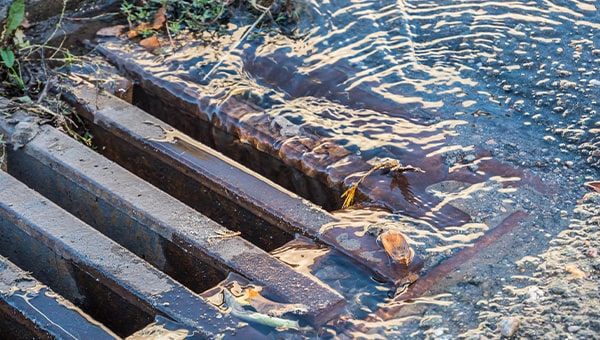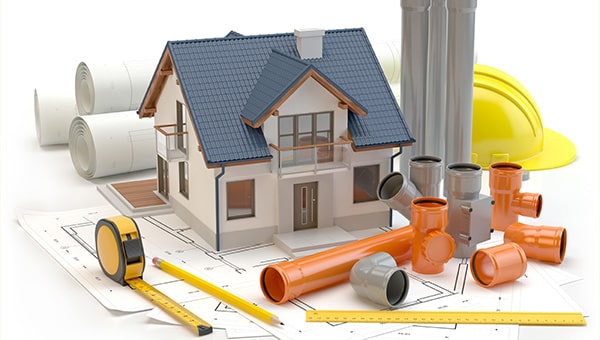If you need to make any changes to your current drainage system then you’re going to need to know which types of drainage systems you have and what they do, so that you can safely make changes and ensure no cross contamination.
Types of drainage systems
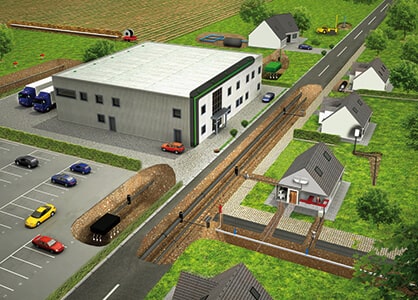
Most homes have just two drainage systems made up of two different types of pipework, but they are often referred to together as the mains drainage. It is important these two systems are kept separate as one system is surface water; which takes away rainwater and runoff from roofs, and the other is for foul water; removing water from toilets, showers and washing machines, etc.
The domestic system may have pipework, such as twinwall or land drainage, and will never be discharged into a septic tank. It is returned into watercourses untreated so, if mixed with foul water, can be very dangerous. You may find you have a soakaway crate in your garden, which will hold the water and gradually percolate back into the ground at a suitable rate. Or you might have an attenuation crate, which is similar in appearance, but will collect and redirect water into a watercourse or predetermined suitable area.
Find out more about where your water goes!
Foul or waste water should only ever be discharged into a main sewer where it can be treated in sewage plants before being safely returned into the water system. You might also have a septic tank or cess pit buried in your garden if you’re in a rural area.
How to identify your drainage systems
- Manholes: if you have double the number of manhole covers it is more than likely that you have a dual drainage system which carries soil and waste water.
- Property age: newer properties build after around 1970 will have a dual drainage system. Older homes can have separate pipes for soil and waste.
- Watch the water: if you run a tap or flush the toilet, have someone open a manhole cover and watch which pipework the water runs through-this will be your foul water drainage system.
- Run a hosepipe: running a hosepipe down a drainpipe and watch where this water is going, this will be your domestic system.
For rural areas
If you have a cover in your garden which is raised and has an electric box outside this will mean you have a sewage treatment plant on your property.
If you have just one manhole cover above ground you more than likely have a cess pit- this will need emptied very regularly!
If you have 2-4 manholes in close proximity to each other and perhaps vent pipes above ground you will have a septic tank on your property.
Who is responsible for my drainage system?
You are solely responsible for your drainage system and its problems right up until the water enters the main sewer system. So, if you have any blockages prior to this you will have to fix this at your own expense. For the foul system there are potential health risks if you try to change the pipework. If you need to make any changes to this system you should talk to your local council Building Control Office.
Read our sewer system responsibilities article for more information!


